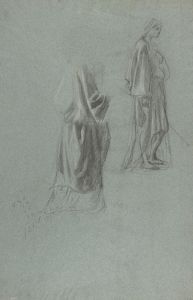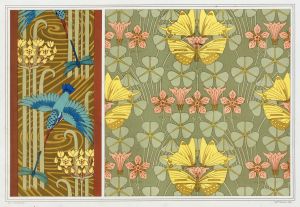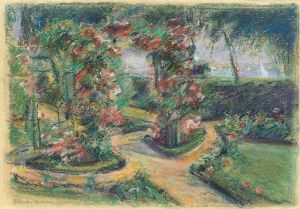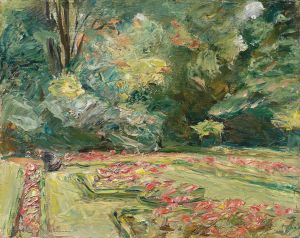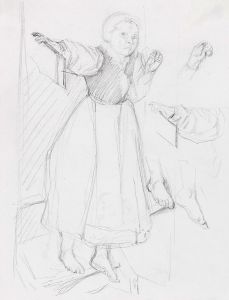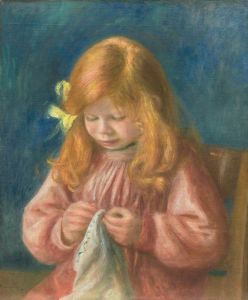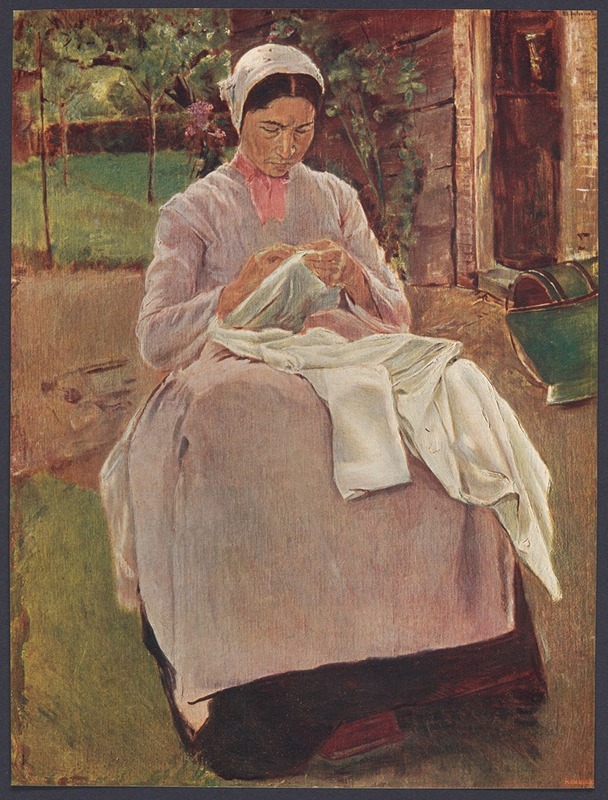
Seamstress
A hand-painted replica of Max Liebermann’s masterpiece Seamstress, meticulously crafted by professional artists to capture the true essence of the original. Each piece is created with museum-quality canvas and rare mineral pigments, carefully painted by experienced artists with delicate brushstrokes and rich, layered colors to perfectly recreate the texture of the original artwork. Unlike machine-printed reproductions, this hand-painted version brings the painting to life, infused with the artist’s emotions and skill in every stroke. Whether for personal collection or home decoration, it instantly elevates the artistic atmosphere of any space.
Max Liebermann's painting Seamstress is a notable work by the German painter, who was a leading figure in the Impressionist movement in Germany. Created in the late 19th or early 20th century, the painting reflects Liebermann's interest in depicting scenes of everyday life, particularly those involving labor and the working class. Liebermann was known for his ability to capture the dignity and quiet perseverance of ordinary people, and Seamstress is a testament to this focus.
The painting portrays a woman engaged in sewing, a common domestic or professional activity during the period. Liebermann's use of light and shadow, as well as his loose brushwork, highlights the influence of French Impressionism on his style. The subdued color palette and naturalistic depiction of the subject emphasize the simplicity and realism of the scene. The work is characteristic of Liebermann's broader artistic approach, which often sought to document the lives of workers and artisans with empathy and respect.
Max Liebermann (1847–1935) was a prominent artist of his time and a central figure in the Berlin Secession, an art movement that sought to break away from academic traditions. His works often focused on themes of labor, leisure, and the human condition, and he was deeply influenced by the social and cultural changes of his era. Liebermann's art was shaped by his travels to the Netherlands and France, where he encountered the works of the Dutch Old Masters and the Impressionists, respectively.
The exact date of Seamstress is not definitively documented, but it aligns with Liebermann's broader body of work that explored similar themes during the height of his career. The painting is an example of his commitment to portraying the quiet dignity of work, a recurring motif in his oeuvre.
Seamstress is housed in a private collection or museum, though specific details about its current location or provenance are not widely available. Liebermann's works, including this painting, continue to be celebrated for their contribution to modern art and their ability to capture the essence of everyday life with sensitivity and artistic skill.
This painting is often studied in the context of Liebermann's broader impact on German art and his role in introducing Impressionist techniques to a German audience. It remains an important example of his dedication to realism and his focus on the lives of ordinary people.






